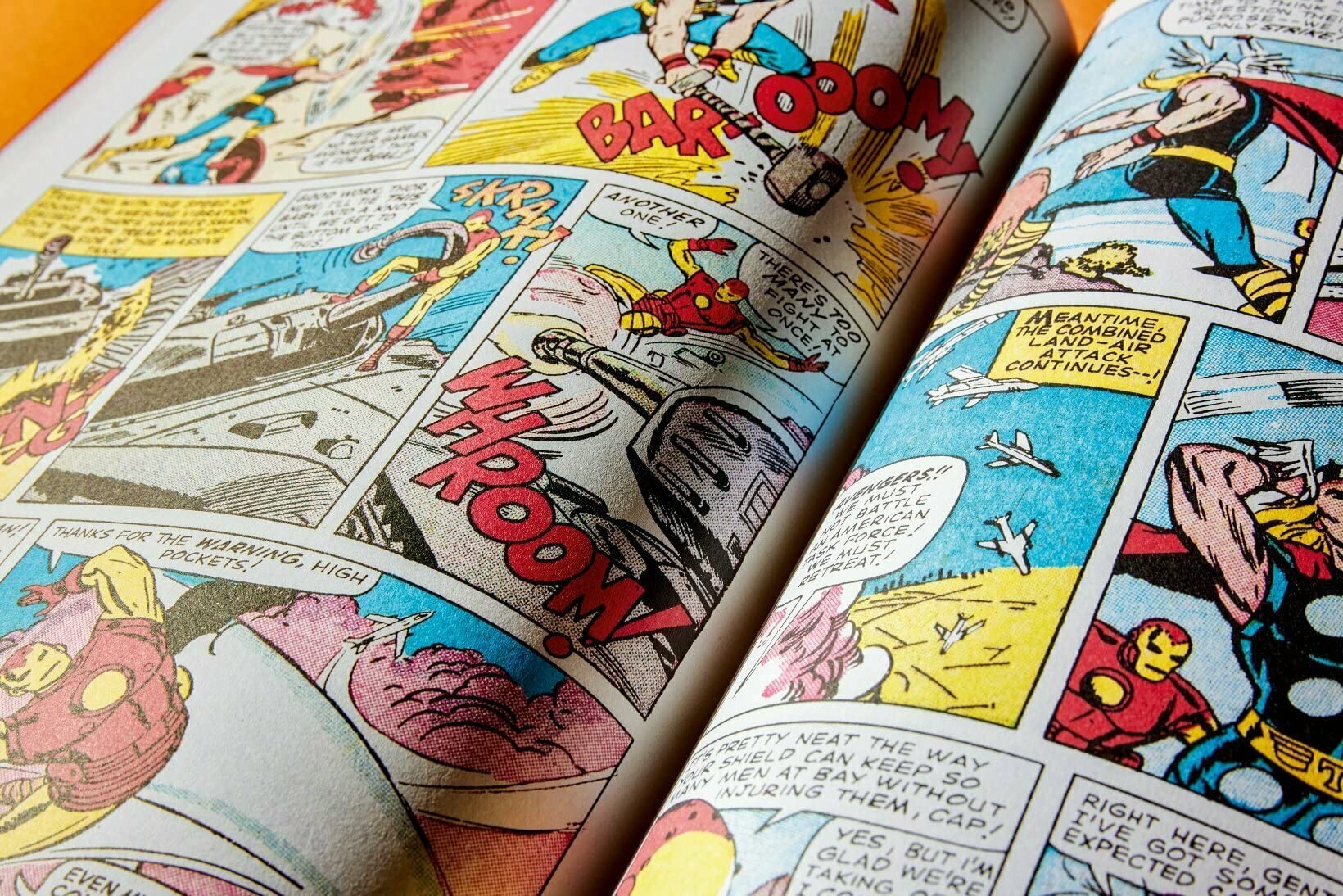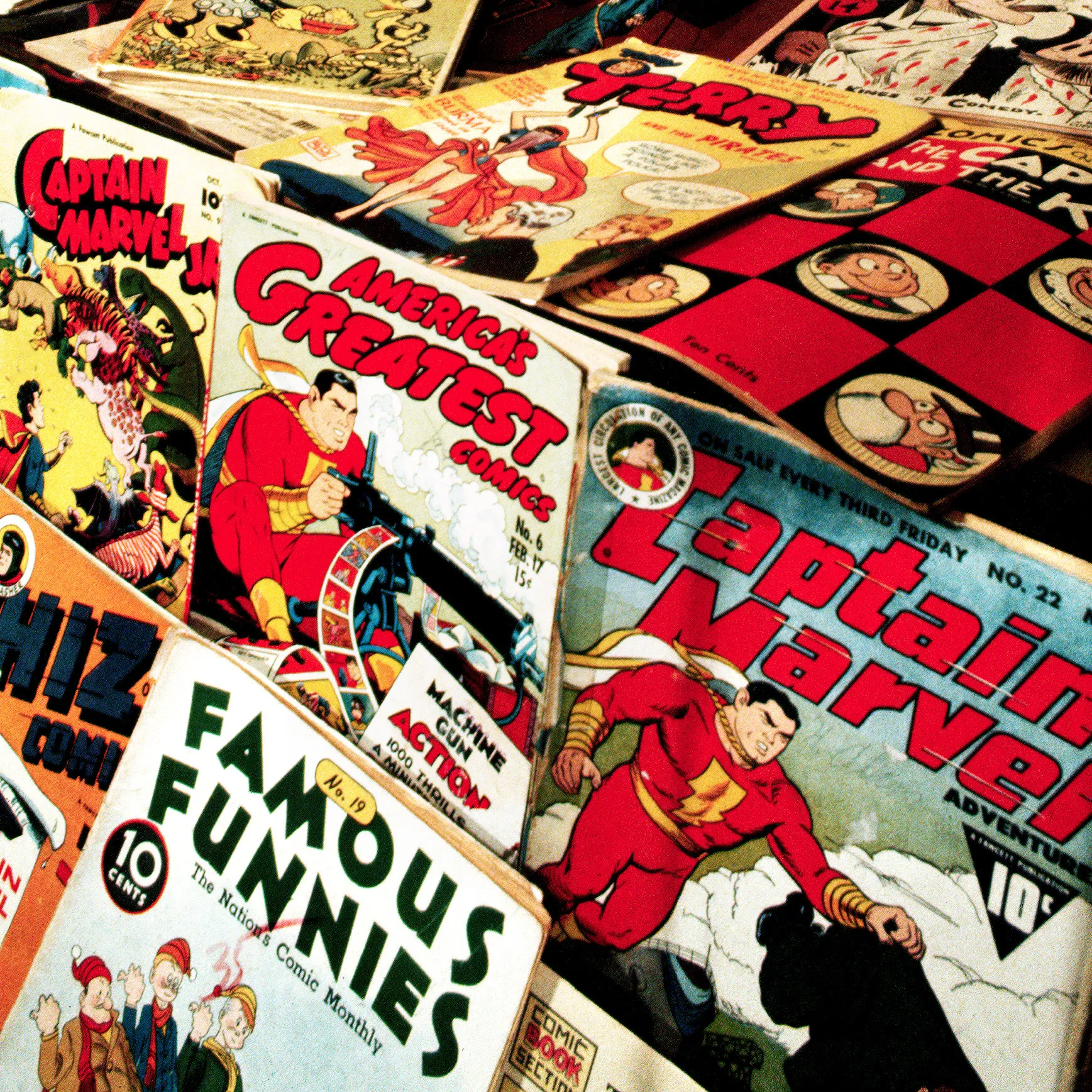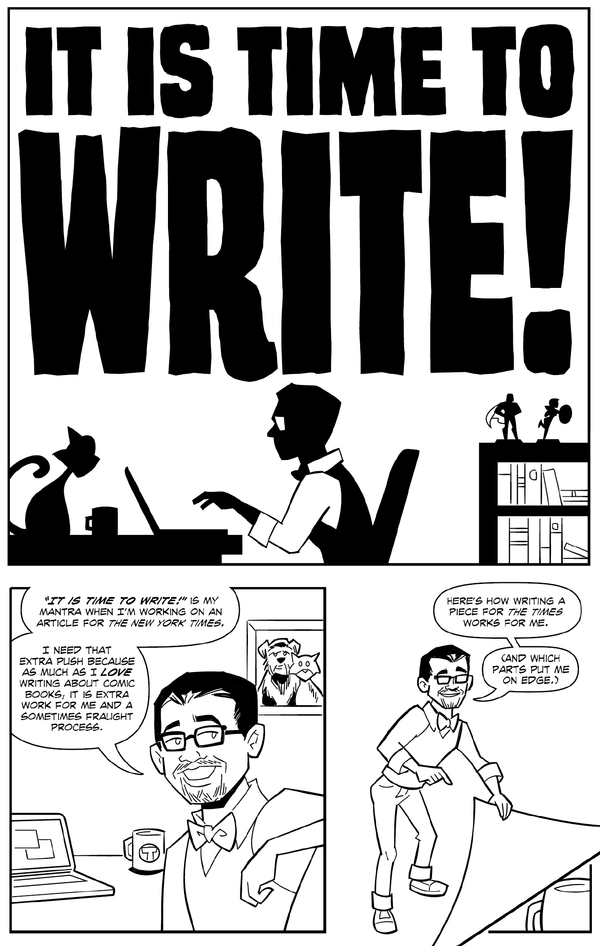
In the digital age, where screens often dominate learning environments, comic strips have carved out a significant niche as an effective educational tool. These visually rich narratives excel in breaking down complex concepts into manageable, engaging pieces, merging the art of storytelling with educational content. As an essay writing service and promoter of innovative learning tools like buy coursework online essayhub.com, it’s important to highlight how comic strips can revolutionize the way we approach education. By distilling information through art and text, comic strips make learning not just more accessible, but also significantly more enjoyable for students across various age groups and learning styles.
The Significance of Comic Strips in Education
Comic strips in education transcend mere entertainment; they stand as a crucial instrument in making intricate ideas more approachable, thereby fostering a thorough comprehension across diverse subjects. This method particularly shines by leveraging the talents of comic book illustrators, whose expertise in blending art with narrative significantly contributes to dismantling barriers to understanding. For visual learners and those hesitant to engage with traditional reading materials, comic strips offer a welcoming gateway into unexplored realms of knowledge, establishing themselves as an invaluable asset in the educational arsenal.

Encouraging Reluctant Readers
Comics, with their dynamic combination of visuals and text, appeal to students who might find traditional textbooks daunting and inaccessible. Incorporating comic strips about education as a keyword, we highlight how this visual stimulation can ignite a passion for reading and learning among students. The colorful illustrations and sequential storytelling captivate the students’ attention, offering them a unique and inviting entry point into the world of literature and knowledge. By presenting information in a less conventional format, comics provide a refreshing alternative that can help overcome the reluctance to engage with text, fostering a more inclusive and supportive learning environment.
Simplifying Complex Concepts bigheadlittlearms.com
Difficult subjects transform into significantly more approachable and comprehensible topics when portrayed through the engaging medium of comics. Educational comic strips, especially those featured on platforms like Bigheadlittlearms.com, excel in condensing theories, historical events, or mathematical problems into concise, easily digestible panels. This method of simplification through visualization plays a crucial role in demystifying challenging concepts, presenting learners with a clear and succinct overview of the subject matter.
Crafting Educational Comic Strips: A Guide

Identifying the Educational Goal
The first step in creating an educational comic strip is to pinpoint the learning objective, a crucial aspect when delving into the realms of comics strip about education. Whether it’s to clarify a complex scientific theory, bring to life a pivotal point in history, or demystify a literary device, the goal serves as the foundation upon which the narrative and visuals are built. This initial phase ensures that the comic strip not only entertains but educates, aligning closely with student comic strip examples where educational objectives are seamlessly integrated into engaging stories.

Scripting and Storyboarding
Once the educational goal is established, the next step is developing a script that not only succinctly conveys the lesson but does so in a manner that captivates the reader’s interest. This is where the principles of student comic strip examples come into play, offering a blueprint for balancing educational content with storytelling. Following the scripting phase, storyboarding the script visually is imperative. This process involves laying out the scenes in a sequence, planning the layout, and determining the flow of the comic strip. It’s a stage where creativity intersects with pedagogy, ensuring that the educational narrative is both coherent and visually engaging.

Designing Characters and Setting
To enhance the educational journey, designing characters and settings that students can relate to is fundamental. This makes the educational content not only more appealing but also more memorable. Relatable characters serve as vehicles for learning, transforming abstract concepts into tangible experiences. The setting, too, plays a vital role, providing a context that enriches the narrative. Whether it’s a historical backdrop, a futuristic landscape, or a representation of the modern classroom, the setting immerses readers in a world where learning is an adventure. This approach to character and setting design is a hallmark of effective comics strip about education, making complex ideas accessible and engaging to the student audience.

Balancing Humor and Education
Balancing humor and education in writing is an art that, when mastered, can significantly enhance the learning experience. Incorporating humor into educational content is not just about making learning fun; it’s about making it memorable. Humor, when used judiciously, can break down barriers, making complex or dry subjects more accessible and engaging. This approach is particularly effective in an essay service context, where the aim is to both inform and maintain the reader’s interest. It’s essential, however, to maintain a balance. The humor should not overshadow the educational content or dilute the seriousness of the topic. Instead, it should complement the learning objectives, providing a seamless blend that enriches the reader’s understanding.
Impact on Student Engagement and Learning
Step inside the comic book store, and you’re greeted by more than just books, you find a community. Throughout the week, customers come and go, each visit adding to the store’s rich tapestry. On Saturdays, the place buzzes with excitement as friends gather, discussing their latest finds. Behind the scenes, the magic unfolds as the staff works tirelessly to ensure the shelves are stocked with a large selection of comics and graphic novels. They record each new arrival with care, ensuring that everything from Pokemon to Dungeons & Dragons is represented. This dedication is what makes the store more than just a place to buy books, it’s a haven for those who love the fantastic and the imaginative.
Increased Retention
Visual learning through comics, especially those that are comics about education, can significantly enhance memory retention. This method proves particularly effective because students are more likely to remember content that is presented in an engaging, narrative format. The integration of visuals and text in student comic strip examples not only makes the learning process more enjoyable but also helps in embedding information more deeply into the student’s memory. This approach leverages the power of storytelling and illustration to make educational concepts stick, thereby improving the overall learning experience.
Fostering Creativity and Critical Thinking
Creating or analyzing comic strips, as seen in various student comic strip examples, encourages students to think critically about the subject matter. This process demands that students not only understand the concepts being taught but also engage with them in a meaningful way, promoting a deeper level of comprehension. Additionally, the creative aspect of comics — from the drafting of characters to the development of a storyline — fosters creativity in expressing ideas. This dual focus on critical thinking and creative expression makes comics about education a powerful tool in developing essential skills for academic and personal growth.
Enhancing Cultural and Emotional Intelligence
Enhancing cultural and emotional intelligence through comics is a remarkable journey of discovery and empathy. Comics, with their unique blend of visuals and narratives, serve as an accessible medium to explore and understand diverse cultures, historical contexts, and complex emotional landscapes. This form of essay help emphasizes the power of storytelling in comics to foster a deeper connection with issues that might seem distant or abstract. By delving into the lives of characters from various backgrounds and eras, readers can develop a nuanced appreciation for the richness of different cultures and the universality of emotional experiences. The incorporation of comics into educational and leisure reading can significantly contribute to the development of cultural and emotional intelligence, making them a valuable tool for anyone seeking to broaden their perspective and empathy towards others.


Conclusion
Comic strips, with their distinctive blend of visual storytelling and brevity, offer a powerful tool to captivate and educate students. This innovative approach marries education with entertainment, providing a refreshing avenue for engagement and comprehension. As an essay writing service leveraging the potential of comic strips can revolutionize the way educational content is delivered and received. The sequential art in comic strips simplifies complex concepts, making them more accessible and appealing to students of all ages. By presenting information in a visually engaging format, comic strips facilitate a deeper understanding and retention of knowledge. This method of learning not only enhances students’ academic performance but also nurtures their creativity and critical thinking skills.